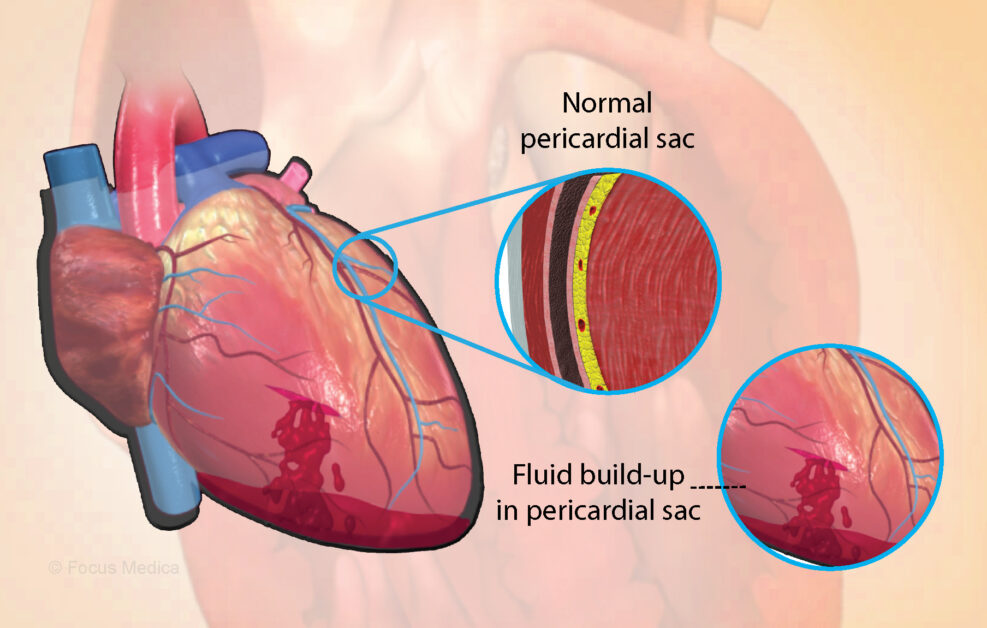Cardiac tamponade occurs when blood or another fluid fills the sac around your heart called the pericardium, exerting strain on your heart. This can lead to reduced blood pressure owing to the difficulty in your heart to beat normally. Cardiac tamponade can be brought on by trauma and some illnesses. It always results in mortality if untreated.
Read on to find out when to seek an appointment with the Best Cardiologist in Lahore for consultation.
What Does A Patient Experience?
A sudden cardiac tamponade can precipitate symptoms like severe chest pain that can radiate to areas including the abdomen, arm, back, neck, or shoulder. When you cough or breathe deeply, it could potentially get worse. You might also face respiratory difficulties, palpitations (where you become unpleasantly aware of your heartbeat), lightheadedness, or dizziness. Skin colour changes, particularly a transition to pale, grey, or blue-tinged skin or jaundice (yellowing of the skin or eyes caused by liver problems) are some of the other common symptoms seen in an acute state. If there exists an alteration in mental state, a person will not behave as they normally would and may even appear confused or irritated.
These manifestations may also be brought on by the gradual onset of cardiac tamponade; respiratory difficulties, swelling in the legs or abdomen, fatigue or exhaustion, and/or stiffness in the chest that typically subsides as you lean forward or sit up.
The amount of blood your heart can pump, referred to as cardiac output, is eventually limited by cardiac tamponade. Your body is deprived of blood and oxygen as a result. At some point, it might even result in cardiac arrest, a life-threatening condition.
What Are The Treatment Options?
The treatment is based on the idea of removal of excess fluid buildup around the heart. Additionally, it can necessitate fixing damage that may have led to or have been caused by the accumulated fluid. Among the treatments employed are:
Pericardiocentesis
A needle is placed into your chest during pericardiocentesis so that it can reach the pericardial sac. This almost invariably involves imaging guidance, such as an echocardiography or X-ray fluoroscopy. When there is no other choice and the situation is urgent, it is only performed without imaging guidance.
The fluid within the pericardium is withdrawn once the needle has been inserted. A catheter will presumably be employed in the future to drain fluid periodically.
Surgery
Surgery may be a preferable alternative if the cause or consequence of injury that led to cardiac tamponade requires rectification. It is also recommended when accumulated fluid cannot be accessed with a needle or when the pericardium needs to be removed.
In really severe circumstances, such as when the heart stops due to cardiac tamponade, an emergency procedure termed a thoracotomy may be undertaken right at the patient’s bedside.
If you ever suspect these clinical features manifesting in you or people around you, you must not delay the visit to a cardiologist before it turns fatal. Shaafi International Hospital is where you can find some of the best options for your concern.









